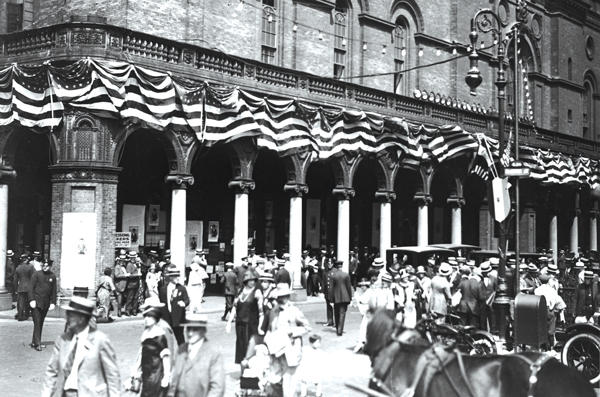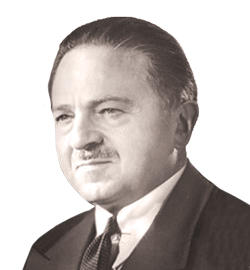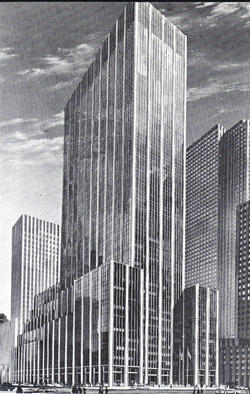Trending
This month in real estate history
This month in real estate history

1908: Shareholders look to sell Madison Square Garden
Everyone has limits, and the owners of the Madison Square Garden Company drew the line at “twenty years pro bono publico, without one cent of return,” as their president, Frank Sturgis, told the New York Times 110 years ago this month. Sturgis was referring to the second incarnation of the Garden at East 26st Street and Madison Avenue, designed by famed architect Stanford White, which opened in 1890. Containing one of the largest venue spaces in the world at the time, as well as a 32-story tower modeled after a Spanish cathedral’s bell tower, the Garden hosted sporting and cultural events but failed to generate a profit. Sturgis said his company was unable to secure enough clients to keep the arena operating year-round. But the sale wasn’t easy. As the owners looked for a buyer, they borrowed $2.3 million from New York Life Insurance Company in 1912, and the mortgage holder filed for foreclosure in 1916. Madison Square Garden Company declared bankruptcy a few months later, and the insurer bought the Garden in a foreclosure auction for $2 million. The Garden closed in 1925, and the New York Life Building opened in 1928.
1944: Renowned architect banned from city work

Ely Jacques Kahn
Respected architect Ely Jacques Kahn received notice that he was no longer “eligible” or deemed “qualified” enough to do work for the city, the New York Times reported 74 years ago this month. The decision was made by Mayor Fiorello La Guardia as his office revised its standards for selecting architects and other real estate consultants for municipal projects. The news came as a shock for the award-winning architect and his supporters. Kahn had worked as chief architect for Brooklyn’s Fort Greene Houses, was a fellow of the American Institute of Architects and had led prestigious organizations, including the Municipal Art Society. His removal from the list of suitable architects was seen by many in real estate as an example of the mayor “attempting to coerce testimony” in suits brought against the city by New York landlords. REBNY president Russell Cruickshank was removed from the city’s list of qualified appraisers. Housing officials reportedly told Cruickshank that “due to a policy recently inaugurated, we are not hiring as experts any firms whose representatives have testified against the city.”
1956: Plans filed for tallest building in a generation fall short

A rendering of 1290 Avenue of the Americas
Developers Peter Ruffin and John Galbreath revealed plans for a 60-story office skyscraper at 1290 Avenue of the Americas 62 years ago this month, according to the New York Times. Once completed, it would be the tallest structure built in New York City since the 65-story RCA Building was erected in 1933, the Times reported. The Galbreath-Ruffin Corporation leased the block-long site from Equitable Life Insurance, which was reportedly looking to build a new headquarters across the street. Ruffin and Galbreath were fresh off the completion of another milestone: The 42-story Socony-Mobil Building near Grand Central Terminal was the tallest commercial tower built in New York since World War II. The developers’ plans for the Avenue of the Americas property showed the 100,000-square-foot building would rise 775 feet and cost at least $50 million. But the tower that was eventually constructed in the early 1960s rose only 43 stories, making it the seventh tallest building in the city. Vornado Realty Trust took a controlling 70 percent stake in the tower in 2007 after acquiring several companies from a group of Hong Kong investors for $1.8 billion; the Trump Organization owns a 30 percent stake.




